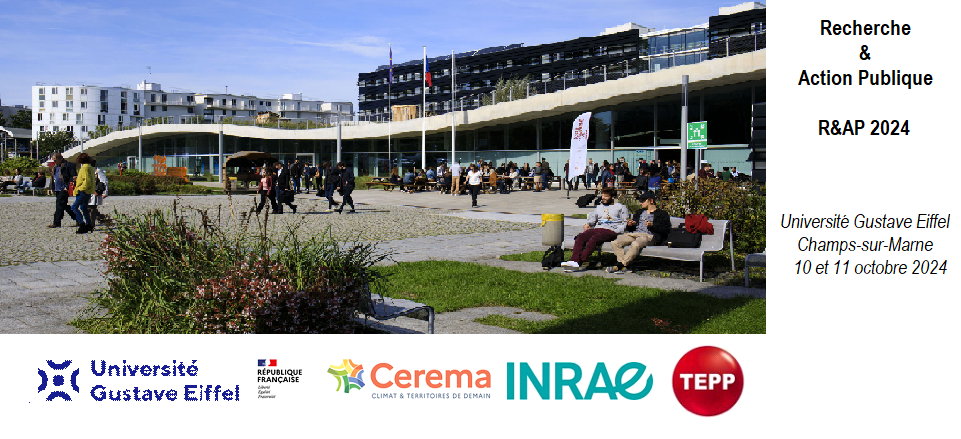This paper investigates the impact of the 2018 Paris Region Land Use Directive, which mandates mixed-use development to address spatial imbalances between office and residential spaces. The directive seeks to alleviate housing shortages, reduce transportation demands, and foster balanced urban growth by requiring large-scale office developments to integrate residential units. Utilizing a difference-in-differences (DiD) framework, this study exploits spatial discontinuities at regulatory boundaries to evaluate the directive's impact on real estate outcomes. The results reveal a significant increase in the share of residential space in regulated areas, aligning with the directive's objective of promoting residential construction. Additionally, a modest but statistically significant decline in housing prices suggests that the increased supply may be alleviating market pressures. However, our findings also indicate an increase in the conversion of existing residential spaces into commercial units, raising concerns about potential circumvention of the directive's restrictions.



